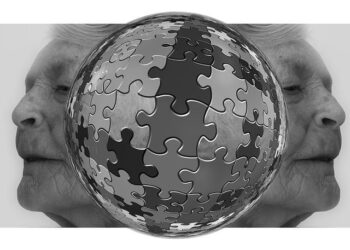Embracing Empathy Through Dance: An Ecological Perspective
Understanding the Connection Between Dance and Empathy
In recent years, the interplay between art forms like dance and emotional intelligence has captured the attention of scholars and practitioners alike. Today, we explore how dancing serves as a powerful medium for enhancing empathy within social contexts.
The Role of Movement in Fostering Emotional Understanding
When individuals engage in dance, they enter a unique realm where bodily movements transcend verbal communication. This form of expression allows for an intimate sharing of experiences and emotions that can lead to heightened understanding among participants. Recent studies have shown that group dance activities can significantly boost levels of compassion among individuals, fostering tighter communal bonds.
Statistics on Social Bonding Through Dance
According to a 2022 study published by the Journal of Community Engagement, participating in communal dance events increased feelings of support and collaboration by over 40%. This finding emphasizes the role that physical interaction through movement plays in establishing emotional connections.
The Transformative Power of Dance Workshops
Dance workshops are becoming increasingly popular as tools for building empathy within diverse communities. These workshops not only provide participants with new skills but also create safe environments where emotions can be openly explored and shared.
Case Studies Highlighting Positive Outcomes
For instance, a program implemented in urban schools has shown remarkable success; students reported feeling more understood by their peers after participating in weekly dance classes together. Surveys indicated an impressive improvement—75% felt they had developed deeper friendships through these interactions.
How Dancing Bridges Cultural Divides
Beyond just improving personal relationships, dancing stands as a bridge across cultural boundaries. Different styles from around the world encourage appreciation for varied expressions while cultivating respect for others’ traditions.
Examples from Global Cultures
Take salsa dancing—which originated from Cuban culture—as an example: it is not just about rhythm but involves connecting with partners on multiple levels through movement that represents passion and history alike. In multicultural festivals around major cities globally, you’ll often find people uniting under this vibrant form of artistic expression.
Creating Inclusive Spaces Informed by Movement
The ecological aspect refers not only to environmental sustainability but also to nurturing inclusive societies where everyone feels valued regardless of background or capacity. Many community projects now focus on adaptive dance programs that open doors to marginalized groups such as those with disabilities or mental health challenges.
Current Trends with Adaptive Initiatives
Organizations like “Dancing Wheels” leverage modern techniques to invite all people into participation—especially those who might otherwise feel excluded from conventional settings—from wheelchair users learning contemporary moves to children with autism discovering their own ways to express joy through body language without limitations.
Conclusion: Dancing Towards Collective Well-being
As we acknowledge our shared humanity amid diversities shaped by culture or ability level, embracing forms such as dance becomes essential for creating empathetic environmental outcomes both personally and socially. It’s clear that when we move together—no matter our differences—we cultivate connections grounded deeply within mutual understanding which serves thriving communities fueled by compassion rather than division.































